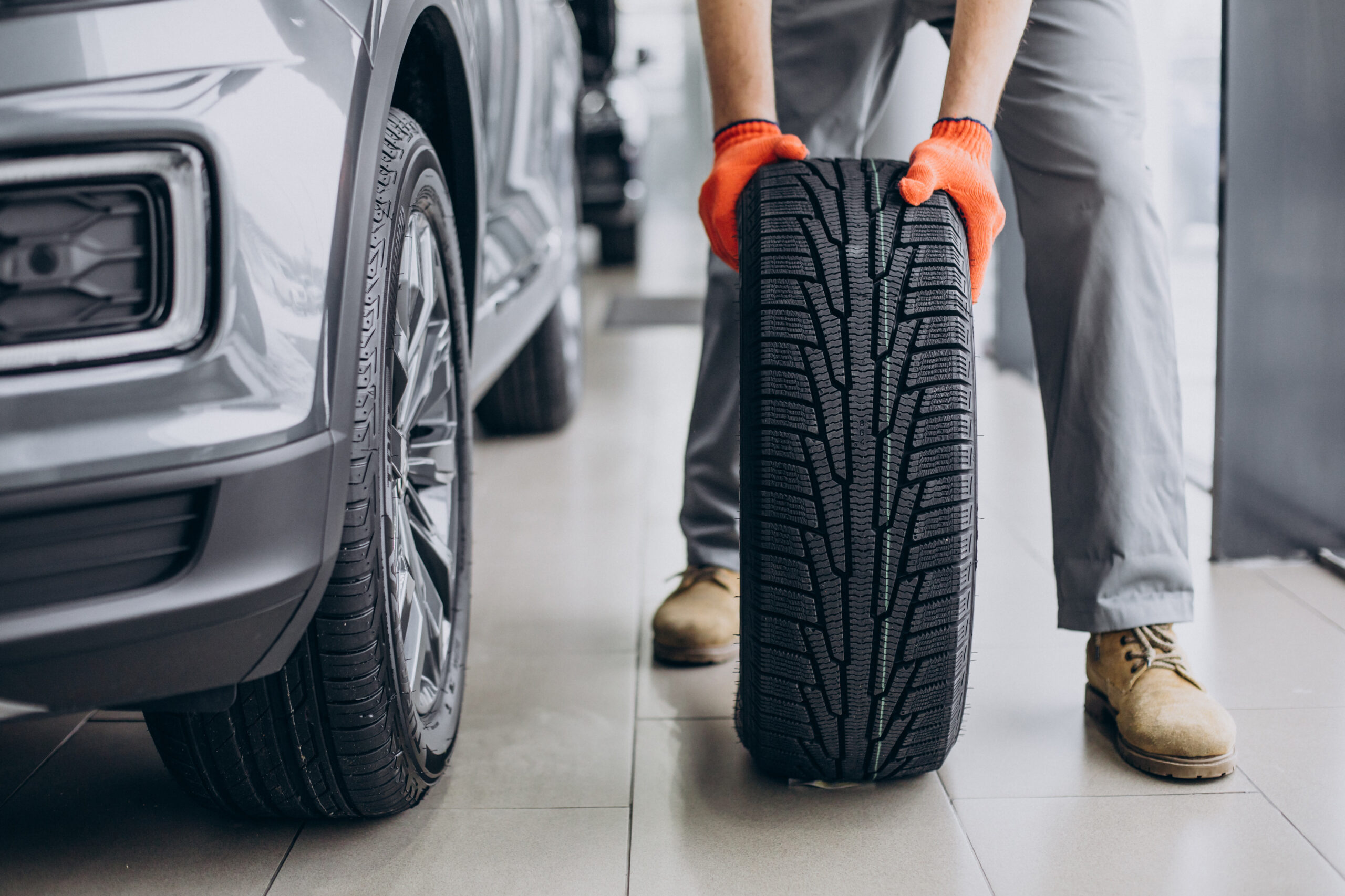Assessing car tire pressure and tread depth greatly affects the performance of your vehicle. Regular inspection of these vital components promotes smooth driving, lowers the possibility of accidents, and increases the lifespan of your tires. This article will walk you through the precise steps for testing tire pressure and determining tread depth.
How to Check the Tire Pressure
To check tire pressure, you must first have a reliable tire pressure gauge. Each tire’s valve cap should be unscrewed before you firmly push the gauge onto the valve stem. Check the PSI (pounds per square inch) of each tire in a systematic manner to make sure it is within the acceptable range listed in the owner’s manual or on the driver-side door jamb. Use an air compressor to properly inflate the tires if the pressure is too low. If the pressure is too high, on the other hand, release some air by depressing the pin located in the middle of the valve stem until you achieve the ideal level.
Assessing Tread Depth
Transitioning to the process of assessing tread depth, utilize a tread depth gauge or the time-honored coin test. Insert the gauge into the grooves of the tire or place a coin upside down into the tread. If you can see the top of the coin’s head, it’s a sign that your tread depth is too shallow, indicating the need for a replacement. Furthermore, make sure to inspect the tread for uneven wear, which could be indicative of alignment issues or suspension problems. If you notice any irregular patterns, it is advisable to consult a professional mechanic for a comprehensive inspection.
Additionally, keeping an eye on your tires’ condition is essential for a variety of weather scenarios and road surfaces. A sufficient tread depth ensures proper grip in bad weather, such as heavy rain or snow, lowering the chance of sliding or hydroplaning. Maintaining the proper tire pressure also improves fuel economy and makes for a smoother drive because it improves handling and maneuverability.
Regularly scheduled checks by a professional, preferably every month or before embarking on long trips, are key to ensuring your tires remain in optimal condition. When there’s a need for tire replacement, choose the right tires for your car. By incorporating this simple yet effective routine into your car maintenance regimen, you can significantly extend the lifespan of your tires and enhance the overall safety and performance of your vehicle.
To sum up, vigilantly checking tire pressure and tread depth is an essential habit for all automobile owners. You can ensure a comfortable driving experience as well as a safer and more productive trip for you and your passengers by taking proactive steps to maintain these important parts of your car. Therefore, routinely assessing car tire pressure and tread depth will benefit both your car and your safety.



